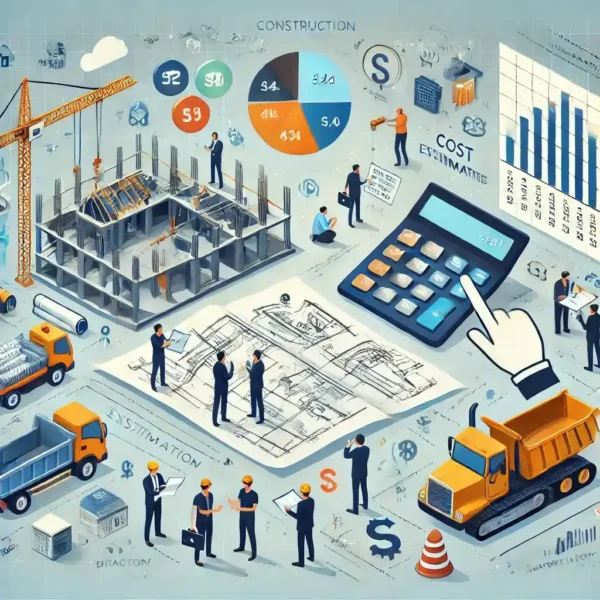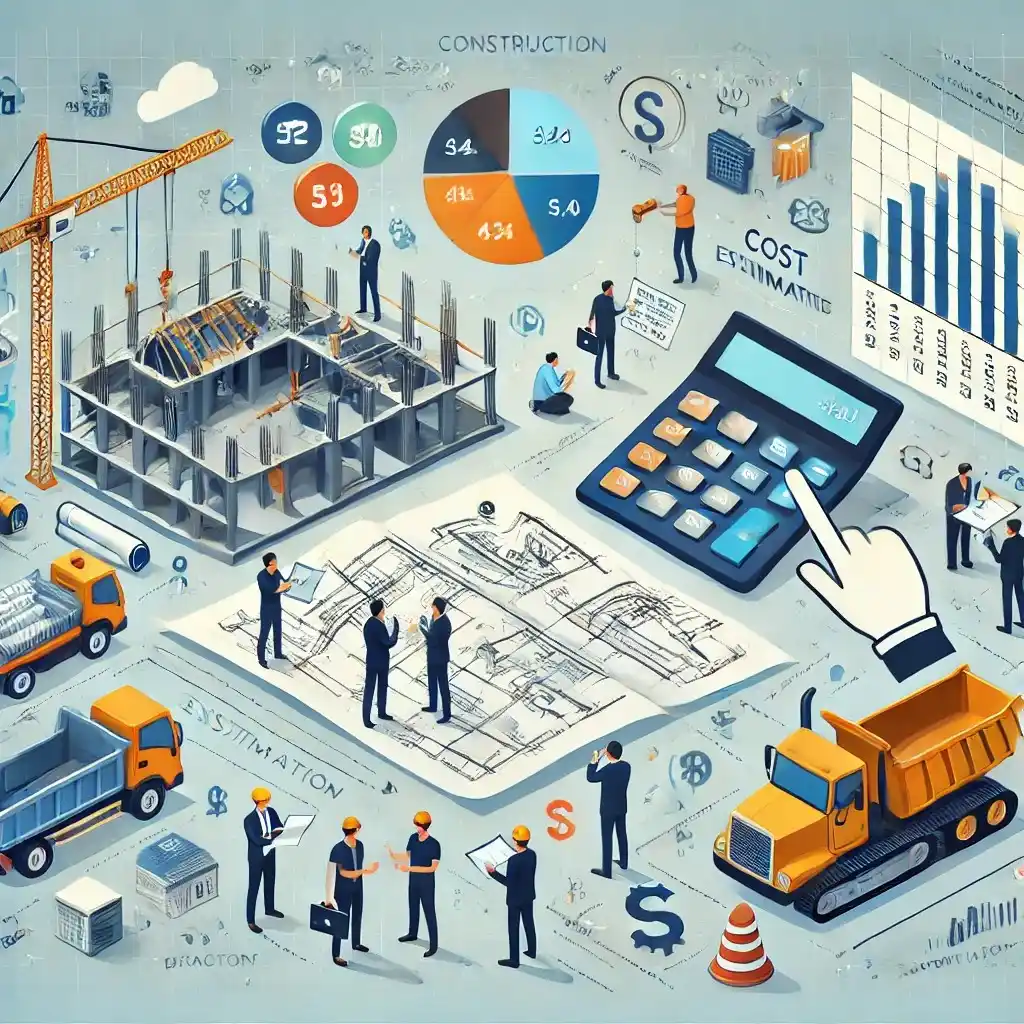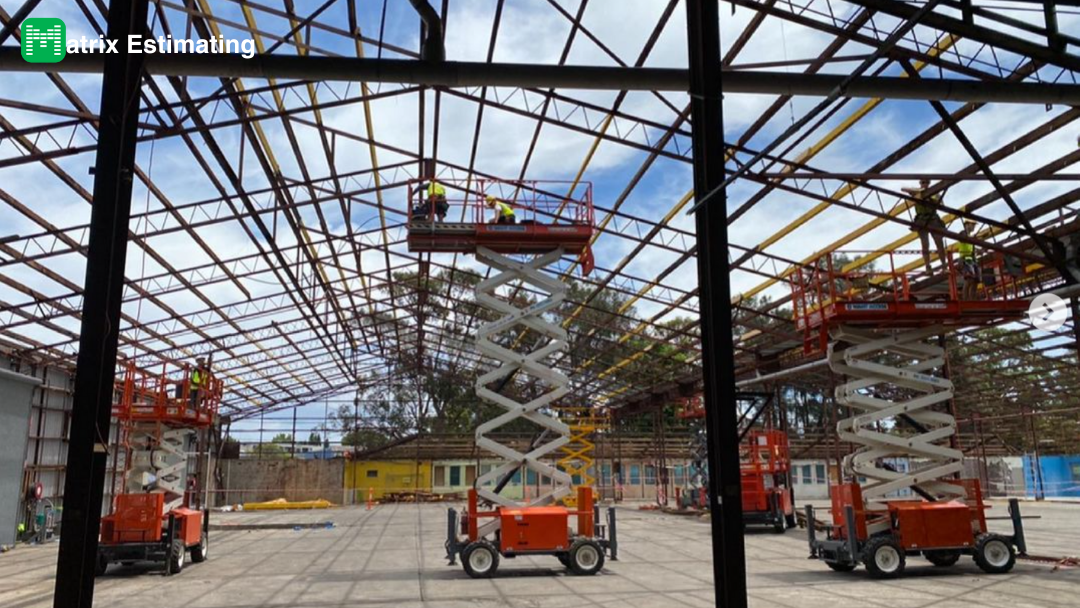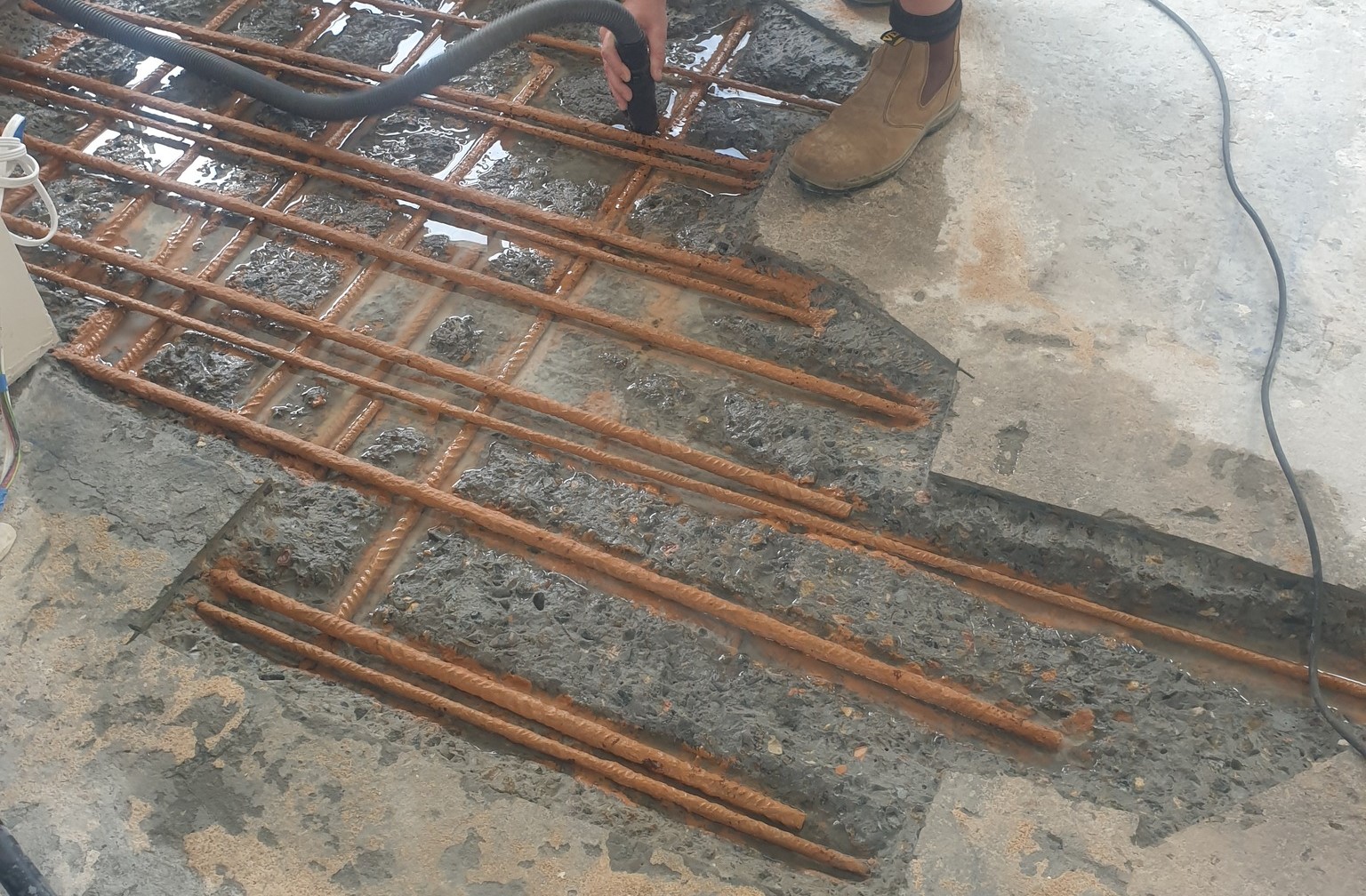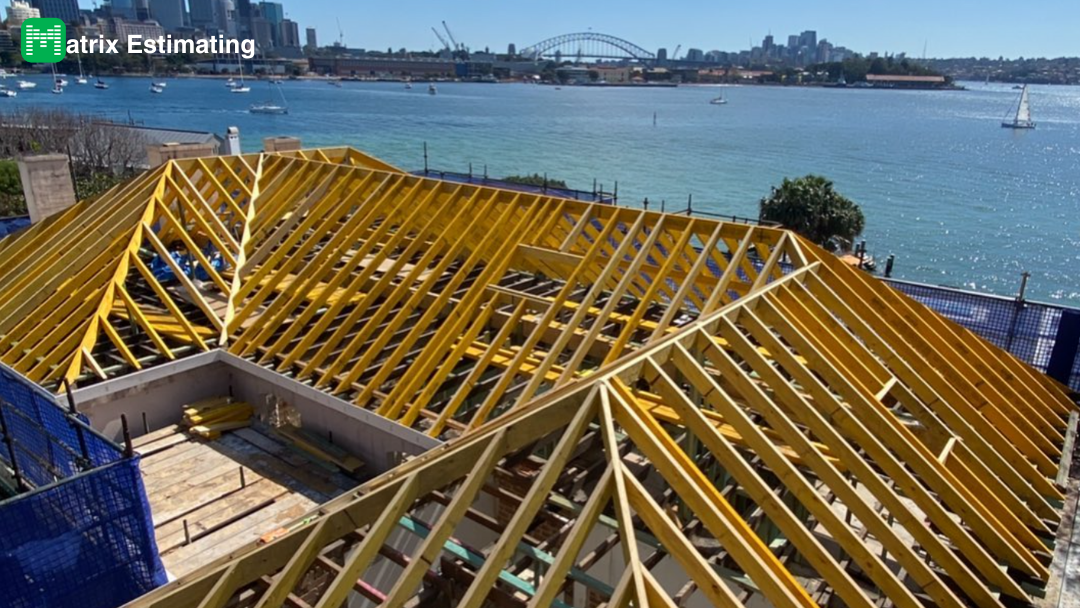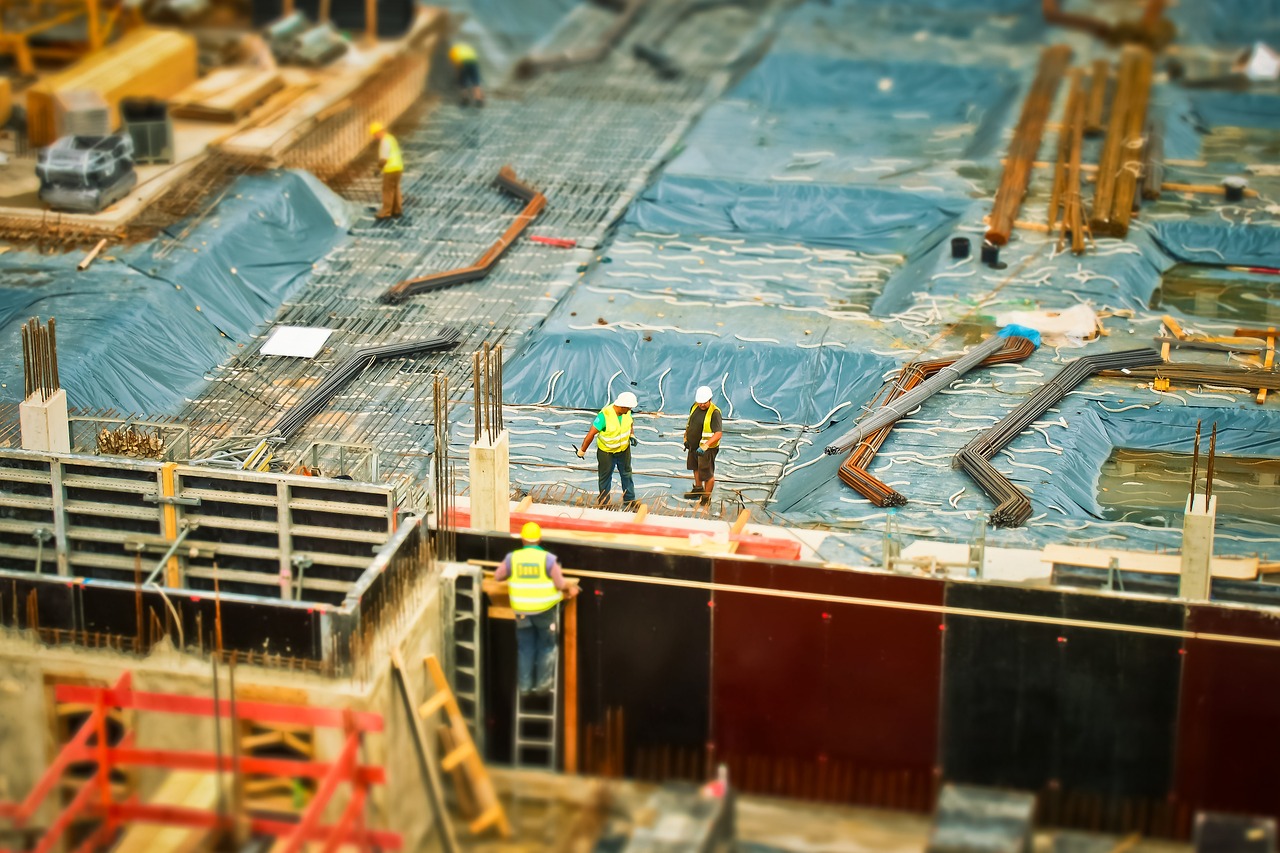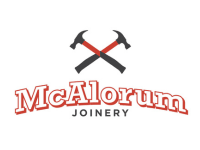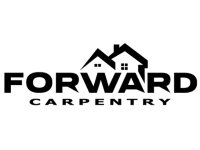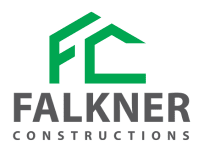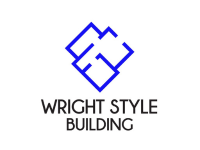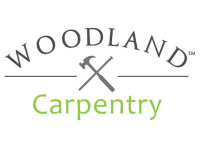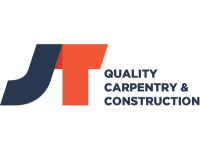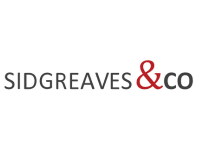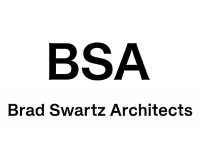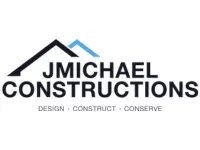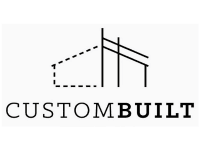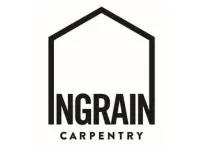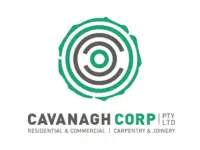Accurate cost estimation is at the core of any successful construction project. It ensures that projects remain within budget, timelines are met, and unexpected financial shortfalls are avoided. Whether you are working on residential homes or large-scale commercial projects, mastering cost estimation techniques is crucial.
In this article, we’ll dive into key techniques for cost estimation, the most accurate methods, and practical insights to overcome common challenges. Let’s address the most frequently asked questions about construction cost estimation and provide solutions that will help improve your forecasting accuracy.
What Are the Techniques of Cost Estimation?
Several tried-and-tested techniques are used in construction cost estimation. Each method is suited for different stages of the project and provides varying levels of precision:
1. Analogous Estimating (Top-Down Estimation)
This is one of the quickest ways to generate an estimate. Analogous estimating uses data from past projects to forecast the cost of new ones. It works best when there is limited information early in the project.
For example, if a previous project with similar scope and size cost $1 million, you can use this figure to estimate the new project’s cost. However, since it’s based on comparisons, it can lack precision, especially if the new project has unique characteristics.
2. Parametric Estimating
A more data-driven method, parametric estimating calculates costs based on statistical relationships between project variables—like square footage or labour hours. It’s more accurate than analogous estimating because it considers specific details.
For instance, the cost per square foot of a 10-story office building is determined using historical data, with adjustments for design complexities or structural requirements. Parametric models can deliver greater accuracy, especially in projects with repeatable tasks.
3. Bottom-Up Estimating
This is one of the most precise techniques. Bottom-up estimating involves breaking the project into smaller tasks, estimating the cost for each task, and summing them to reach the total project cost.
For example, if you’re building a residential home, you would estimate costs for individual components like foundation, roofing, electrical, and so on. Although time-consuming, this method provides an accurate breakdown of costs, especially for complex projects.
4. Three-Point Estimating
Three-point estimating considers uncertainties in project costs by providing three estimates for each task: optimistic (best-case), pessimistic (worst-case), and most likely. This method helps in managing risks associated with fluctuating material prices or labour shortages.
By averaging these three estimates, it offers a balanced approach to dealing with unpredictable project elements, improving accuracy.
5. Expert Judgment
In scenarios where little data is available, expert judgment becomes a reliable technique. Consulting seasoned professionals with experience in similar projects provides valuable insights. For example, experts may foresee challenges like unforeseen site conditions that may not be apparent from data alone.
What Are the Techniques Used in Construction Estimating?
Specific techniques help enhance cost accuracy by focusing on project elements like materials and labour:
1. Quantity Takeoff (QTO)
Quantity takeoff is one of the first steps in estimating construction costs. It involves calculating the amount of materials needed by reviewing blueprints or design models. Errors in QTO can significantly impact your project’s budget, leading to cost overruns or material shortages.
2. Unit Cost Estimating
In unit cost estimating, each unit of work—like a square meter of tile or cubic meter of concrete—has a specific cost. By multiplying unit costs by the amount of work, you can quickly calculate total expenses.
3.Labour and Equipment Estimating
Labour and equipment costs make up a significant portion of any construction project. Estimators calculate labour hours required for each task and multiply them by the hourly wage. Similarly, the cost of renting or operating equipment is factored into the final estimate.
What Are the 5 Types of Cost Estimates Followed in Construction?
Different types of estimates are used at various project stages. Here are the five most common types:
1. Rough Order of Magnitude (ROM) Estimate
Prepared in the early stages of a project, a ROM estimate offers a broad cost range, with an accuracy of -25% to +75%. It’s useful for high-level decision-making but should not be relied upon for final budgeting.
2. Feasibility Estimate
This estimate evaluates whether the project is economically viable, typically within a range of -15% to +30%. It is more reliable than a ROM estimate, with some design details factored in.
3. Preliminary Estimate
Preliminary estimates offer a more accurate figure, typically -10% to +20%. This estimate is often used to secure project financing or approval from stakeholders.
4. Detailed Estimate
A detailed estimate, or definitive estimate, is highly accurate (within -5% to +10%) and based on fully developed designs. It is used for final project budgeting and contractor bids.
5. Bid Estimate
Prepared by contractors, a bid estimate includes material, labour, and profit margins. It’s the final figure submitted when contractors compete for a project.
How to Estimate Construction Costs?
Establishing an accurate construction cost estimate involves several key steps:
1. Define the Project Scope
A clear project scope is critical to generating an accurate estimate. Without it, important cost elements could be missed. The scope should outline everything, from materials and labour to specific design features.
2. Perform a Quantity Takeoff
After defining the scope, perform a QTO based on design documents. This step is crucial for calculating the quantities of materials needed for each phase of construction, such as concrete, steel, and finishes.
3. Estimate Labour and Equipment Costs
Next, calculate labour and equipment costs. Consider how many work hours are needed to complete tasks and multiply that by hourly wages and equipment rental costs.
4. Account for Indirect Costs
Indirect costs—like site supervision, project management, and temporary site offices—must also be included in the estimate. Though not directly linked to specific tasks, they are critical to the overall project budget.
5. Apply a Contingency
Contingencies typically range between 5% and 10% of the total project budget. They cover unforeseen events such as weather delays, material shortages, or site complications.
6. Adjust for Market Conditions
Material prices and labour costs fluctuate with market conditions. Estimators should adjust their figures to account for inflation, demand spikes, and economic changes.
Common Challenges in Construction Cost Estimation and How to Overcome Them
Cost estimation is never without its challenges. Here are some common obstacles and ways to overcome them:
1. Incomplete or Inaccurate Project Scope
When the project scope is poorly defined, critical details may be missed, leading to budget overruns.
Solution: Always start with a clear, detailed scope of work. Engage stakeholders to ensure every aspect is covered before estimating.
2. Unforeseen Site Conditions
Unexpected site conditions—such as poor soil quality or hidden utilities—can cause delays and inflate costs.
Solution: Conduct thorough site investigations early in the project and include a contingency budget to handle unforeseen circumstances.
3. Fluctuating Material Prices
Material costs can rise due to supply chain issues or market demand.
Solution: Keep up with market trends and lock in prices early whenever possible. Add price adjustment clauses in contracts for long-term projects.
4. Labour Shortages
Labour shortages or varying productivity levels can delay projects and increase labour costs.
Solution: Assess local labour market conditions and build flexibility into your labour estimates to account for potential delays or overtime.
5. Scope Creep
Changes in project scope during construction, known as scope creep, can significantly increase costs.
Solution: Set clear project guidelines and communicate any scope changes and their financial impact to all parties before making adjustments.
What is the Most Accurate Cost Estimating Technique?
The most accurate technique for construction cost estimation is Bottom-Up Estimating, widely considered the gold standard for precision. This method involves breaking the project down into smaller, more manageable components or tasks, then estimating the cost of each component separately. Finally, these individual costs are summed to arrive at the total project estimate.
Why Bottom-Up Estimating is the Most Accurate:
- Task-Level Precision: By working at the task or activity level, bottom-up estimating allows for an incredibly detailed understanding of each cost driver within the project. Each material, task, and resource is accounted for individually. This eliminates much of the guesswork involved in less detailed estimation techniques.
- Accurate Labour and Material Costs: Estimators can evaluate the exact amount of labour hours and materials required for each component of the project, making it easier to allocate resources efficiently. This method also provides the flexibility to adjust costs for individual components if market conditions change or if there’s a design alteration.
- Customizable for Complex Projects: Bottom-up estimating is ideal for complex projects where variations between tasks are significant. For example, in a high-rise construction project, the foundation work, electrical systems, and interior finishes can all have different cost structures and labour requirements. Estimating these elements individually leads to a more comprehensive and accurate project estimate.
- Risk Mitigation: Bottom-up estimating can help identify areas where there are cost uncertainties, allowing for better contingency planning. By identifying individual tasks with higher risk (e.g., those with unpredictable material costs or labour-intensive requirements), project managers can allocate contingencies more effectively.
While bottom-up estimating provides the highest level of accuracy, it requires more time and effort than other techniques. Estimators must thoroughly understand the entire project’s scope and have access to accurate data for each task. However, for large, detailed, or high-budget projects, the effort pays off by minimizing cost overruns and ensuring a higher level of budget control.
What is a Technique That Can Be Used to Estimate Costs?
Another widely used technique for cost estimation is Expert Judgment, which is particularly useful when there is limited data available or when the project has unique characteristics that aren’t easily quantifiable using standard data-driven methods. Expert judgment involves consulting professionals with extensive experience in similar projects to provide insights into potential costs, risks, and challenges.
Why Expert Judgment is Valuable:
- Leverages Practical Experience: Experts bring a wealth of real-world experience to the table. They can identify hidden risks, cost drivers, or potential delays that may not be immediately obvious through data analysis alone. Their knowledge of past projects allows them to offer educated predictions on costs, especially in projects that don’t have a clear historical precedent.
- Qualitative Insights: While data-driven techniques rely heavily on quantitative information, expert judgment complements this with qualitative insights. This approach is particularly useful for highly customized or innovative construction projects, where existing data may not fully capture the unique aspects of the build.
- Risk Identification: Experts often have an eye for risks that can derail budgets, such as labour shortages, unexpected design complexities, or material procurement delays. They can help adjust estimates to reflect these possibilities, ensuring more accurate contingency planning.
- Fills Data Gaps: In cases where historical data is lacking or inapplicable, expert judgment can bridge the gap. For example, if you’re working on a cutting-edge architectural design or a one-of-a-kind structure, an expert’s input can help you navigate cost uncertainties.
Expert judgment is particularly helpful in situations where estimators are dealing with unfamiliar project types or need to supplement data with practical knowledge. While it’s not as precise as bottom-up estimating, it’s an excellent tool for projects with unique conditions or when accurate historical data is unavailable. Combining expert judgment with other estimating methods (such as parametric or bottom-up) can result in more reliable cost estimates.
What is Accurate Cost Estimation?
Accurate cost estimation involves forecasting the financial resources necessary to complete a construction project within its defined scope, timeframe, and quality standards. Inaccurate estimates can lead to project delays, budget overruns, and client dissatisfaction, making it crucial to implement techniques that ensure as much precision as possible.
Key Elements of Accurate Cost Estimation:
- Comprehensive Scope Definition: The project scope must be fully detailed and well-documented to ensure all costs are accounted for. Inaccurate or incomplete scope definitions often result in overlooked expenses, leading to budget increases during the construction phase. A clear scope includes specifications for materials, labour, equipment, and any other project requirements.
- Precise Quantity Takeoff: A crucial aspect of cost estimation is determining the exact quantities of materials needed for the project. Mistakes during the quantity takeoff process—such as underestimating concrete for foundations or overestimating steel for structural elements—can lead to shortages, delays, or excessive waste, all of which inflate costs. Accurate quantity takeoff provides the foundation for estimating material costs.
- Labour and Equipment Costing: Labour and equipment costs make up a significant portion of most construction projects. Estimators must take into account local labour rates, potential labour shortages, and the productivity of the workforce. For equipment, it’s essential to factor in both rental costs and operating expenses, such as fuel, maintenance, and the potential need for specialized tools or machinery.
- Market Conditions and Material Prices: The construction industry is particularly vulnerable to market fluctuations. Prices for materials like steel, lumber, and concrete can change drastically due to supply chain disruptions, market demand, or inflation. Accurate cost estimation must account for these fluctuations by factoring in current market prices and forecasting possible changes that could impact the overall budget.
- Risk Management and Contingency Planning: Even the most precise estimates need to include a contingency fund to account for unforeseen costs. Risks like bad weather, unexpected site conditions, or material shortages can lead to unexpected expenses. A good rule of thumb is to allocate 5-10% of the project’s total cost as a contingency to mitigate these risks.
- Ongoing Adjustments: Construction projects are dynamic, with changes to the project scope, materials, or design occurring throughout the project’s life cycle. Estimates should be flexible and updated regularly to reflect these changes. For example, a design change that adds more premium materials would require an updated cost estimate to avoid surprise expenses later on.
Why Accuracy Matters in Cost Estimation:
Accurate cost estimation ensures that construction projects remain financially viable and are completed on time and within budget. An accurate estimate helps in securing project financing, managing client expectations, and preventing cost overruns that could jeopardize the project’s success.
- Client Satisfaction: Clients expect transparency and financial clarity from their contractors. Accurate estimates build trust and allow clients to plan their budgets effectively. Poor estimates can damage relationships and lead to disputes.
- Profitability: For construction firms, maintaining profitability hinges on delivering projects within the budgeted cost. Underestimating costs can lead to financial losses, while overestimating can reduce competitiveness when bidding for contracts.
- Project Success: Accurate cost estimates contribute to the overall success of the project by ensuring that resources are available when needed. They also help in scheduling labour, procuring materials, and aligning project milestones with financial targets.
Conclusion
Achieving accuracy in construction cost estimation is essential for delivering successful projects that meet client expectations and remain profitable. Bottom-up estimating offers the most precision, making it the preferred technique for complex or large-scale projects, while expert judgment provides valuable insights for unique or data-scarce projects.
Accurate cost estimation involves not just calculating material and labour costs, but also accounting for market fluctuations, labour availability, and potential risks. By refining your approach and ensuring continuous updates throughout the project, you can significantly improve the reliability of your estimates and safeguard your projects from cost overruns. Ultimately, mastering cost estimation leads to more successful, on-budget, and on-time project delivery.





